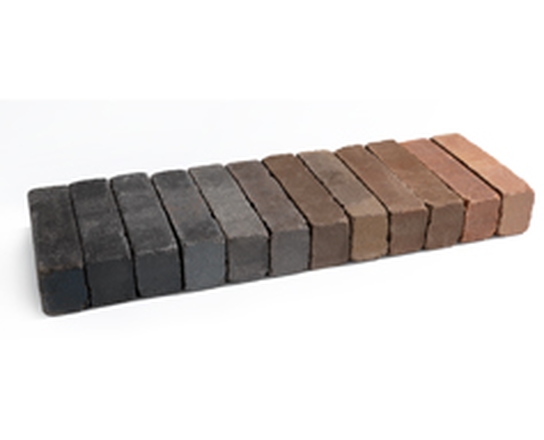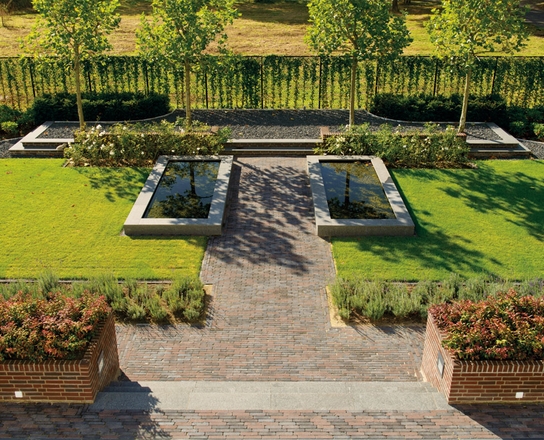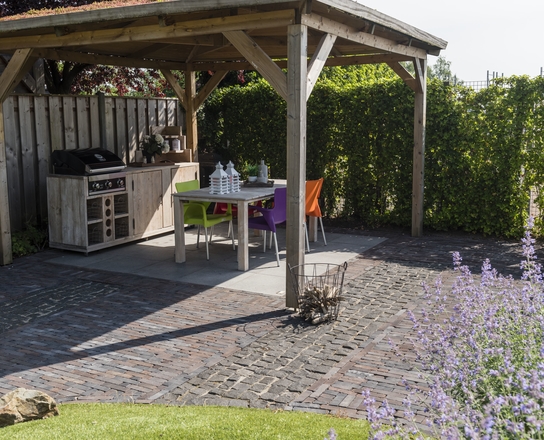
Laying a lawn – what do you need to think about?
For most people, a garden is not complete without a lawn. What should you be thinking about when it comes to laying a lawn? How can you combine a lawn with paving? And how can you make sure that you keep your lawn in tip-top condition? With the right approach, you can enjoy a fantastic lawn year round.
The perfect base
The first thing you need to consider when laying a lawn is its location. You’ll get the best results in a sunny spot that is neither too dry nor too wet. The quality of what’s underneath is important – ensure that it is level and can breathe and drain well. Digging and tilling can help. To ensure that it is level, use a roller, board, and rake. Then, choose the variety of grass that best matches how you will use the lawn. Do you want a play area or a decorative lawn?
Sowing grass seed
Most people opt for grass seed. Grass seed is much cheaper than turf, but it does require some patience! It can take around a fortnight for grass seed to germinate, and the lawn will only really fill out after a few months. The best time to sow grass seed is between the end of August and the beginning of October when the ground is both warm and moist. If you want to enjoy the lawn in the summer, you can also sow in April or May. The ground will be moist enough, but the cold may hold growth back somewhat. You also have fewer rampant weeds to contend with than in autumn.
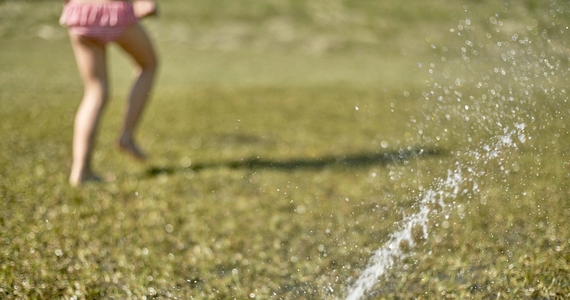
Lawn and paving
The natural hues of decorative clay pavingcan be combined with the fresh green of grass. Create a natural link with rolled layers of pavers as edging instead of grey concrete kerbstones. Beautiful edging between the lawn and border can be created with an edge of clay pavers. Pay good attention to how your decorative paving drains and ensure that the grass is no higher than the paving, with the paving sloping slightly towards the lawn. This way, rainwater will drain into the lawn and you’ll avoid flooding on your path or patio. For a climate-resistant garden, you might want to consider a ‘wadi’. A wadi is a shallow hole in the lawn that rainwater can slowly drain into. It’s a good way to protect your garden from the effects of heavy rain showers.
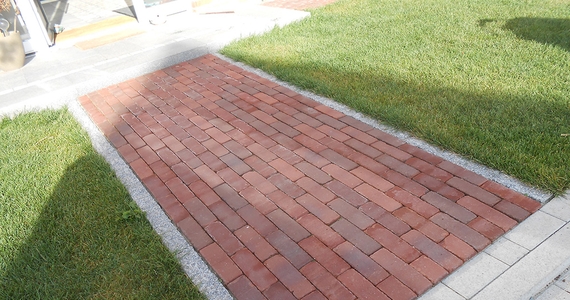
Weekly maintenance
After laying a new lawn, you need to water it regularly, especially if it’s warm. Don’t make it too wet, as this can rot the roots. Once the grass starts to grow, it will continue to grow. Don’t start mowing the lawn until it is around 10 cm high. Once it has thickened up nicely, you can maintain it at a height of between 2 and 10 centimetres. In the frost-free months from May to November, it is a good idea to mow every week. If you use a robot lawnmower, leave it to work during the day. If you run it in the evening, you might have accidents with hedgehogs.
Major maintenance
To keep the moss out of your lawn and ensure that it gets plenty of air, we recommend scarifying in April. A scarifying rake or scarifier has a series of blades that will cut through the roots of the moss. If you have bare patches in your lawn, sow some grass seed in April and May. You should fertilise three times during the growing season – in March/April, June/July, and September/October. In the autumn in particular, keep the lawn free of leaves so that the grass can breathe and remain free of disease.



